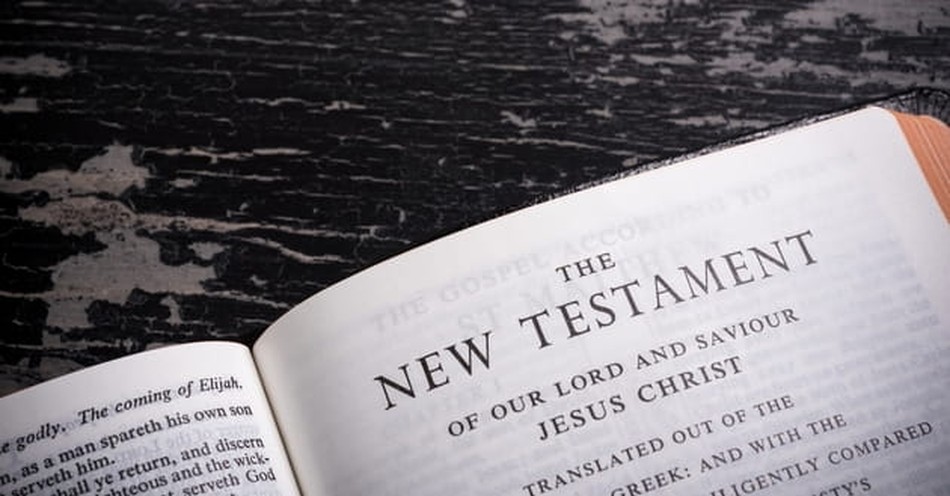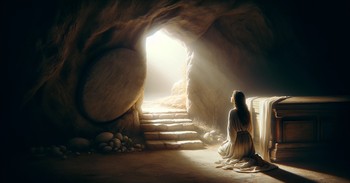
The following is a transcribed Video Q&A, so the text may not read as an edited article. Scroll to the bottom to view this video in its entirety.
Is the New Testament Reliable? How Do We Know?
“How do we know that the New Testament is reliable? How do we know that we can trust the words that we have there? Well, there's a number of ways to answer that question, but one of the most helpful things we can do is look at it through the lens of textual criticism, and looking at the manuscripts that we have, and we can see how these foster a sense of the confidence that we can have in Scripture.
Let me explain what I mean by that. In terms of the number of ancient witnesses we have to the New Testament, we have a remarkable number of copies of manuscripts of the Greek New Testament. In fact, we have over 5,500 Greek manuscripts alone that are a Greek manuscript that are part, or all, of the Greek New Testament. That's an amazing number, an astoundingly high number for a document of such antiquity as the New Testament.
If we compare that for example, to the ancient historian, Tacitus, I think we only have about three manuscripts of his works. I don't think any of those are complete. Josephus is an ancient historian, and we have many more witnesses to his work, but only about 50. In contrast to those ancient documents, for the New Testament we have over 5,000 Greek manuscripts, not counting Latin, or Syriac, or Coptic, or other witnesses in other languages to the New Testament text, and that also doesn't count quotations from the Greek New Testament from the early church fathers.
In fact if we did not have any manuscripts of the Greek New Testament, we could get very far with reconstructing the New Testament text simply based on the quotations and allusions to the New Testament and the Greek fathers. We have a complete Greek New Testament from the middle of the 300s AD, and that's less than 300 year after all the documents were written, and that's an amazingly small gap for a document of that antiquity.
The number of Greek manuscripts we have is an amazing number, and the early date of the manuscripts that we have shows us that there was not a lot of time for errors to creep in that we could not detect. As we compare these documents with one another we can have a very, very good understanding of what the actual words are, because we have so many different witnesses to the early texts of the New Testament, so where one manuscript might be wrong, we have thousands of other to compare with that manuscript to help us arrive at what the original wording probably was.
In terms of, how do we know we have the right book? This is a question that many people are discussing today, and many people have good questions about, and it's a very good question. What is not always understood is that the books in our New Testament set themselves apart from a very early stage in Christian history. Some people might mention other books that could have been rivals to our New Testament books, but for the core of our New Testament there never were any rivals. You may hear of a number of other gospels that people might suggest are equally as valid as the Four Gospels we have, Matthew, Mark, Luke, and John.
For example, some might look to the Gospel of Thomas, but the historical and the physical evidence we have simply does not support such a claim. We know of a four-fold gospel, Matthew, Mark, Luke, and John, from the earliest times, and we have physical evidence, in manuscripts, of Matthew, Mark, Luke, and John being read together, being circulated as a unit, or being mentioned in the same breath, but we don't have any evidence for a fifth gospel that is bound with them in a codex form, in a book form. We don't have any evidence that the gospel of Thomas from the earliest period in the first century, and from the beginning of the second century, was treated or received as being as authoritative as the four gospels we have.
In fact if we look at all of our 27 books, and we have 27 books in the New Testament, and we're looking historically at the debates that might have been surrounding them, there was never really any debate about probably 22 of the 27 books. That's about 86% of our New Testament. There were a few questions about some of the books, but time-and-time again we find that the books that God had inspired rose to the top, and asserted themselves as the books that the church recognized as authoritative.
It's surprising, as well, the way this happened, because there was never a decision for the Church to dictate which 27 books we should read, nor was there a great diversity in opinion that was completely different from one place to another. What we find is a core group of New Testament documents that emerged almost automatically, and we would say through the work of God's Spirit, but they arose almost automatically in the life of the church. There's only a few books that there was ever really any discussion on, and that discussion was not so great that any books were disallowed, but what we find was after a little bit of discussion, and the dust had settled, that 27 books asserted themselves as the books that we have today.”


